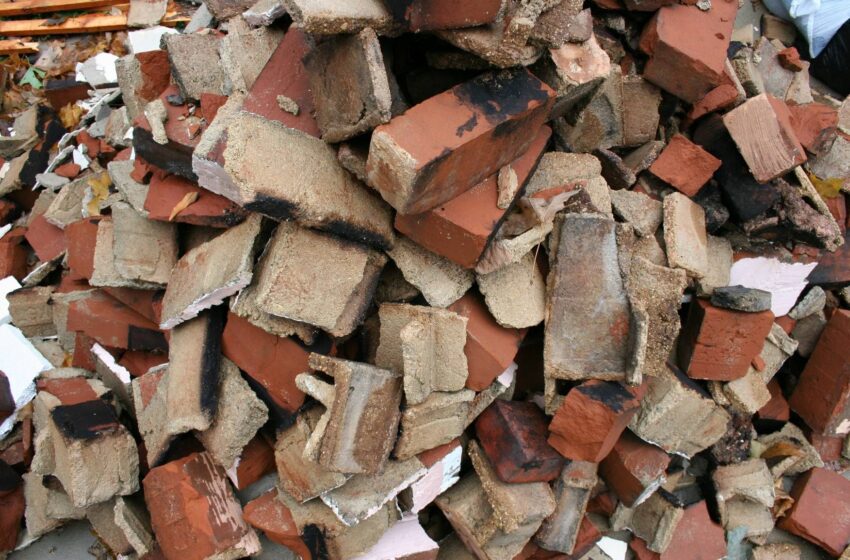Construction Waste Disposal of Bricks

Disposal of brick
Due to its measurements, it’s somewhat easy to carry out construction waste disposal of aged or broken bricks and if you are looking at getting them off your hands, with some efficient brick-disposal alternatives, you can swiftly get rid of them. Below are some of the options to get rid of your used bricks-.
An appropriate and economical means to remove mass amount of your aged bricks is to rent a dumpster. Depending on the dimensions and weight of the dumpster, you can fill and unload as much as 10 tons of debris. A benefit of leasing a roll-off dumpster is that allows you to do away with old bricks along with various other sorts of debris. The downside is that you have to pack up the garbage yourself.
Find a regional junk disposal solution if there is one nearby. Hiring this solution can be an excellent affordable disposal alternative, specifically if you are considering disposing of modest amounts of brick. Their services also include filling up your materials in the truck.
If you are clever when disposing of your bricks you could be better off transporting them yourself. All you need is to identify the amount of bricks you have, and a large truck with sufficient space for your load. This is a superb affordable disposal choice. Be careful while picking the automobile and expense according to your requirements.
Selecting
Products are usually handled with construction waste disposal devices especially designed to support hefty tons and stand up to abrasion. Materials are released from containers onto a tipping or receiving floor, typically beneath a roof cover or inside an industrial building. When on the floor, a wheel loader driver will stock products which will be picked through a hydraulic excavator or a grapple. Products such as steel reinforcing bar, carpeting, large pieces of wood, concrete and products with measurements higher than 3 feet are typically selected prior to the sorting process can begin in earnest.
Sorting
Sorting generally entails filling materials onto an inclined steel belt– a chainbelt– and passed across a hands-on sortline including a versatile rubber belt and important sort terminals offering a place for several workers to stand, normally opposite from one another down the length of the belt. Products are identified, grasped, and transferred in upright openings at each sort terminal. The efficiency of the manual sort line is largely determined by the efficiency of the picking operation which comes before it; as an example big materials on the belt can be hard to manage and or block recoverable materials passing by on the belt below.
Diversion or Disposal
Deviated products are destined for consolidation in new products as recycled material, or are refined for reuse. Materials destined for disposal in land fills include refuse, materials infected with waste or which have been spoiled, and products for which markets do not exist.